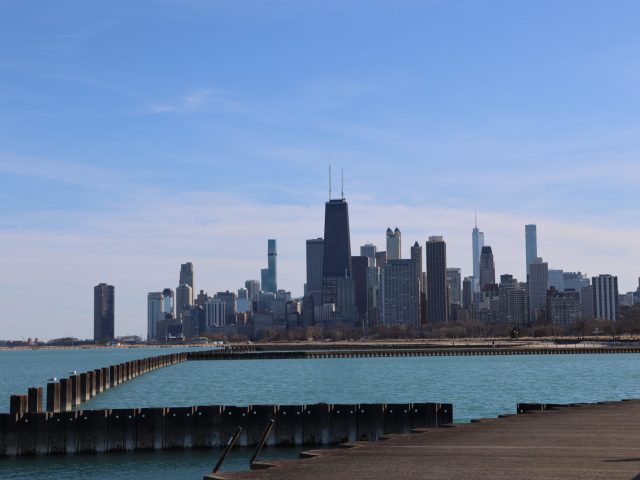Artificial Reefs Offer New Hope for Lake Michigan’s Eroding Shoreline

Illinois has 63 miles of Lake Michigan coastline, much of which is lined with traditional erosion control structures like breakwaters and seawalls. While these are meant to protect the shore, they often worsen erosion downstream by disrupting natural sediment flow.
Scientist Hillary Glandon and her team are exploring a new approach using artificial reefs—specifically, “rubble ridges” made from natural materials—to reduce wave energy and preserve the shoreline more sustainably. Two pilot reef projects are underway at Illinois Beach State Park and Fort Sheridan, with early data showing promise for both erosion control and aquatic habitat enhancement.
Compared to traditional infrastructure, artificial reefs are more cost-effective (e.g., $1.4 million for rubble ridges vs. $73 million for breakwalls) and less harmful to sediment flow, making them attractive to local governments. However, their adoption has been slow due to unfamiliarity and a lack of long-term performance data.
The hope is that these softer, nature-based designs can serve as scalable and environmentally friendly alternatives for shoreline protection throughout the Great Lakes.
Read the full article on Inside Climate News.
